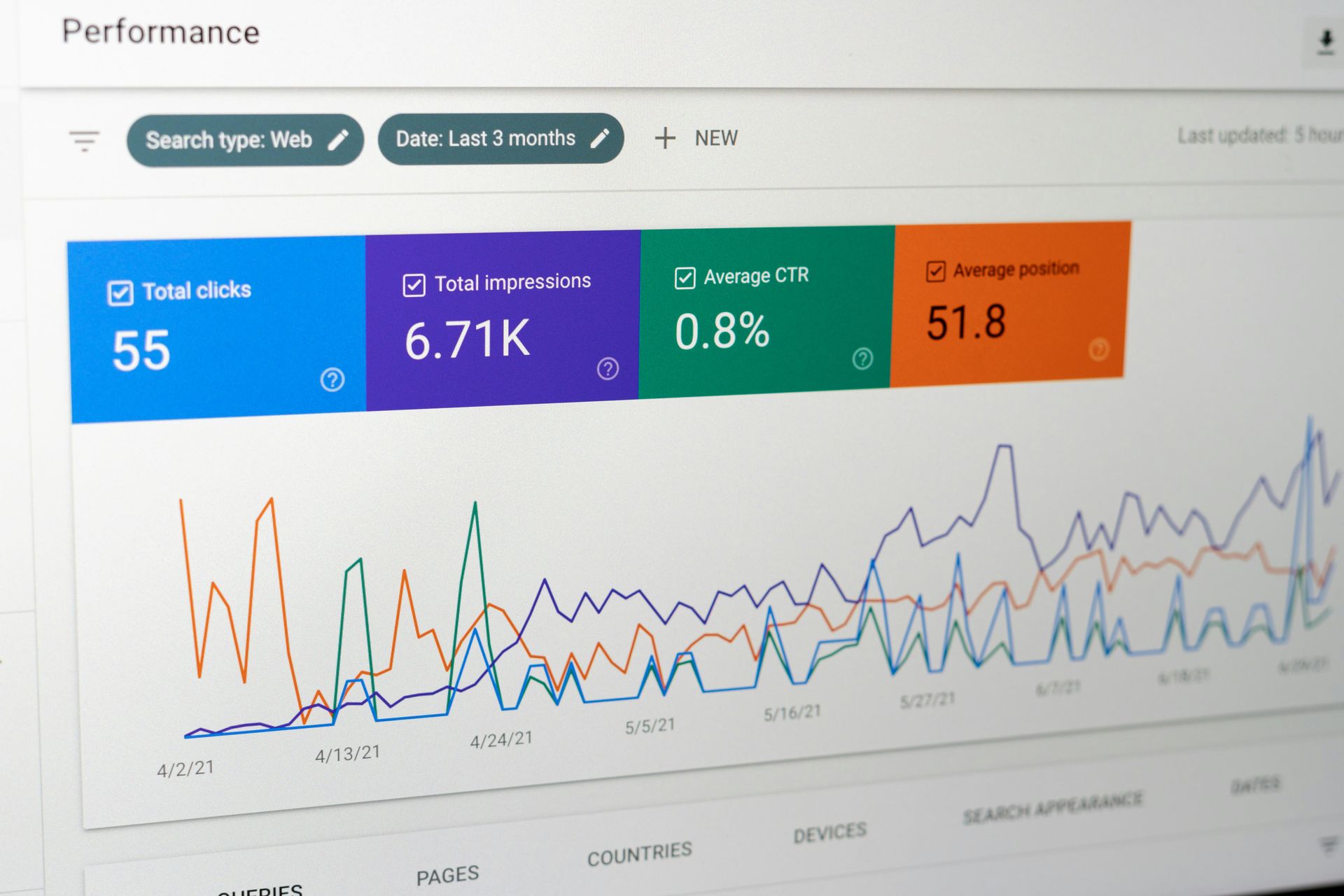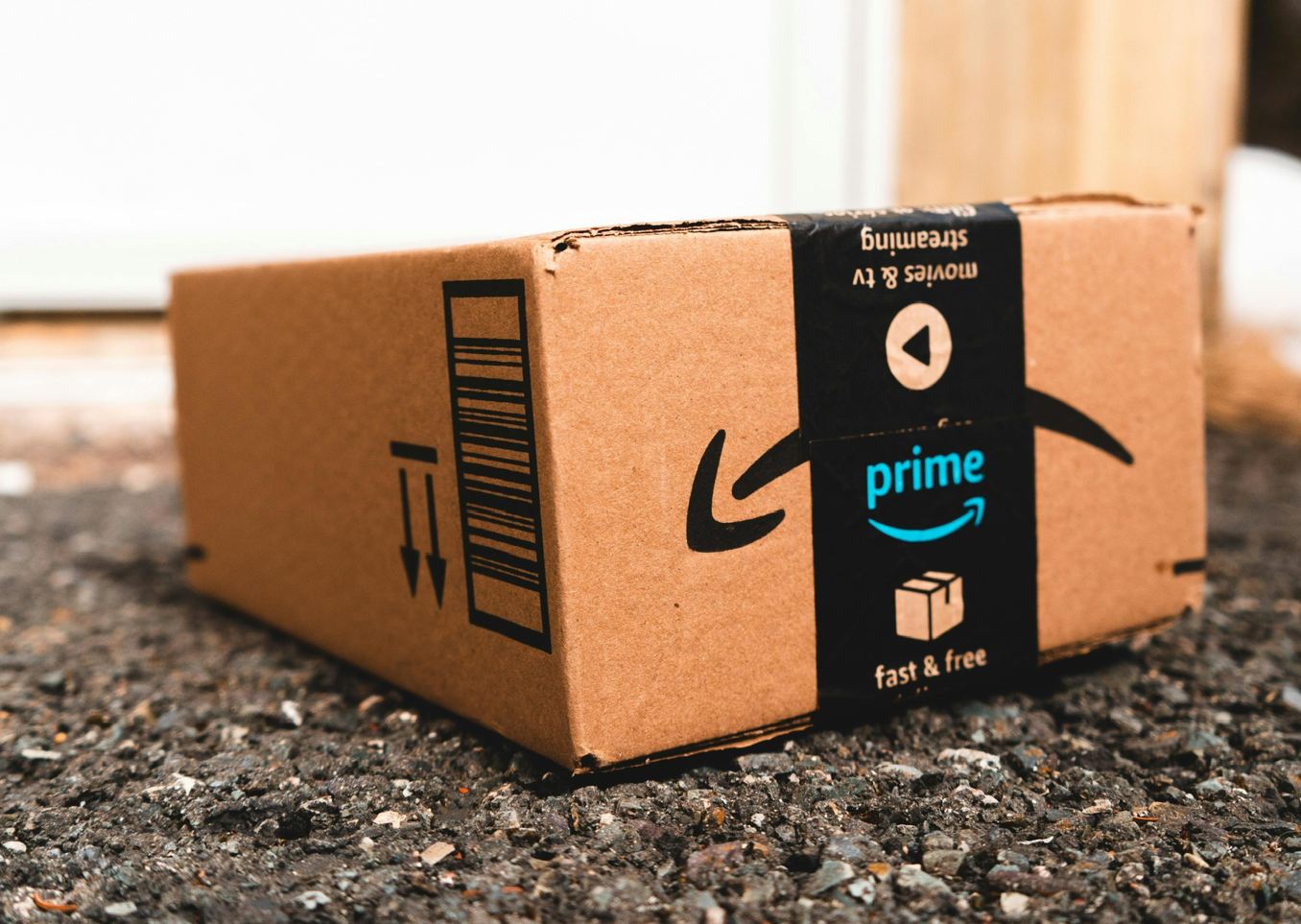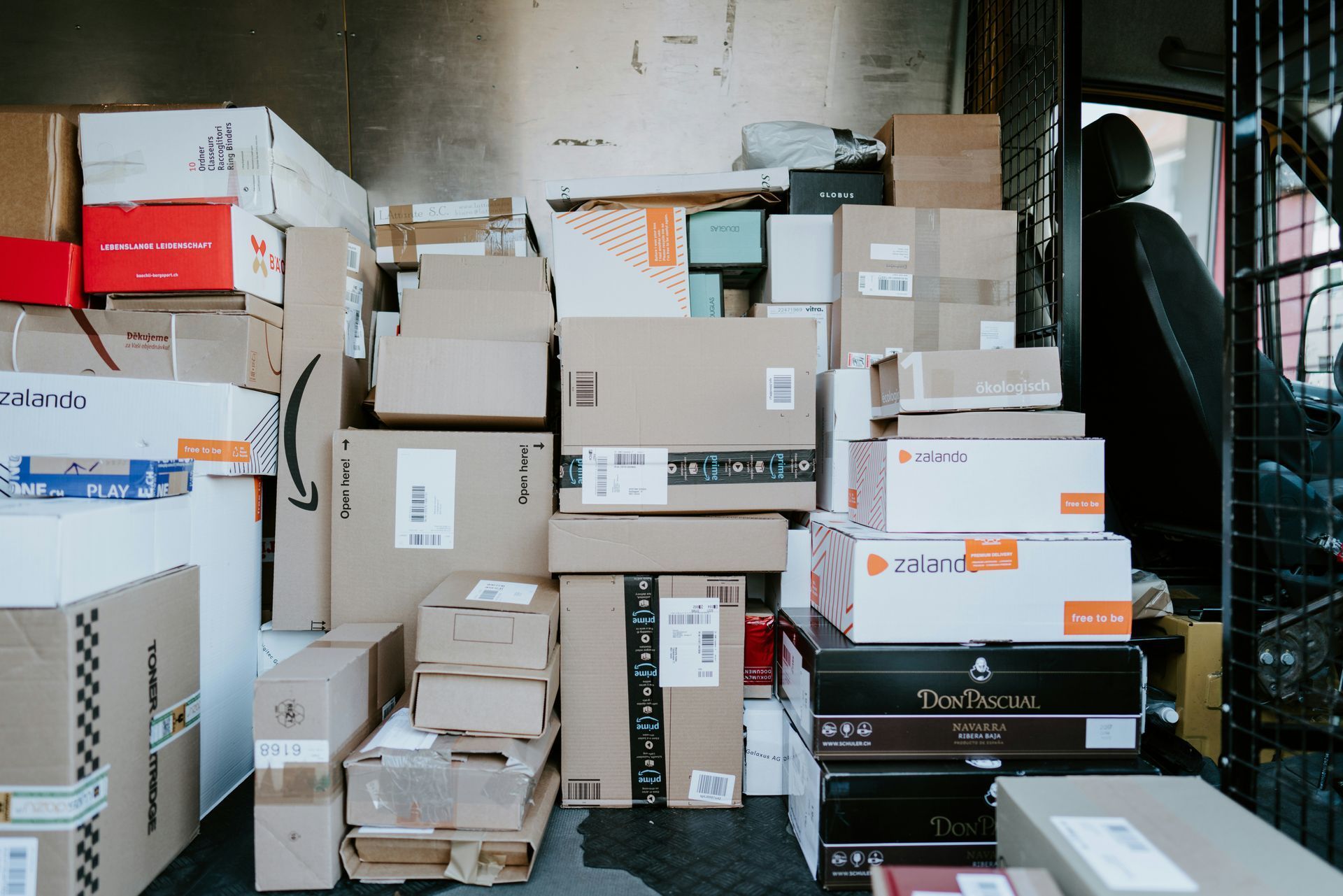Top Mistakes Made By Amazon Sellers
Don't make the same mistakes!
Amazon is a great platform for selling products, but there are a few common mistakes that can harm your business. The most common ways mistakes can harm Amazon sellers are by leading to lower product rankings, causing items to be removed from Amazon, or resulting in the suspension of an Amazon seller's account. Several factors, including poor customer reviews, low sales volume, or negative customer feedback, can cause low product rankings. When an item has a low ranking, it is less likely to be seen by shoppers on Amazon, which can lead to fewer sales and lower profits.
Items may be removed from Amazon for a variety of reasons, such as containing inappropriate content or violating Amazon's policies. If an item is removed from the site, the seller will lose all the money that has been invested in that product. As an Amazon seller, you want to do everything you can to maximise your sales and profits. Unfortunately, making common mistakes can have the opposite effect.
Here, we'll take a look at some of the most common mistakes we, as
Amazon Consultants, we see sellers make on a regular bases we advise on how you can avoid them.
Common mistakes made by Amazon sellers
1. Not understanding FBA
When you send inventory to Amazon to be sold, it's essential to understand how the FBA (Fulfilment by Amazon) program works. If you don't follow their guidelines for sending inventory, your items may not be eligible for the FBA program and will likely get sent back to you. When you’re just starting, it can be tempting to save on Amazon fulfilment fees by shipping products yourself. However, unless you have a large number of products and are prepared to invest in a robust logistics process, this is almost always a mistake.
Selling on Amazon without using FBA is like swimming in shark-infested waters – you might make a few sales, but it will be difficult to maintain traction when your competitors are using FBA. This is a common mistake made by new sellers - they assume that because they're shipping their items to Amazon's warehouse, they're automatically using the FBA program. But there are a few requirements that must be met for your items to qualify.
2. Not pricing items correctly
Not pricing correctly can cost Amazon sellers dearly. If you price your items too high, they may not sell, and if you price them too low, you may lose money on each sale. It's important to find the right balance so that your items sell quickly and at a profit. There are several key factors to consider when determining your prices. First, be sure to research what other sellers are charging for similar items. Next, consider the cost of producing and shipping your product. And finally, always remember to factor in Amazon's fees.
By following these tips, you can ensure that your prices are competitive and that you're making a profit on every sale. If you're not keeping a close eye on your competition and adjusting your prices accordingly, you could be missing out on significant profits. And since Amazon is such a vast online marketplace, it's crucial to ensure your prices are always as competitive as possible to stay ahead of the game.
3. Not understanding their customer base
Every Amazon seller should ask themselves some key questions to understand their customers better and create a strategy that resonates with them. Who is your typical customer? What are their needs? How do they like to shop? What are their spending habits?
If you can't answer these questions, you're at a disadvantage when competing against other sellers. It's essential to understand what motivates your customers and caters to their needs, or they'll go elsewhere.
4. Not doing your research before listing a product
You should also be aware of the keywords people search for when looking for a product like yours. For example, if a seller is unaware that other merchants are selling a product at a much lower price, they could end up selling the product for much more than it's worth and losing money in the process.
Additionally, Amazon has become increasingly strict about counterfeit products in recent years, and sellers can have their accounts closed if they're found to be selling fake items. So sellers must be familiar with Amazon's rules and regulations before listing any products on the site. If your listing is found to violate Amazon's policies, your account could be suspended or closed. It is always essential to familiarise yourself with Amazon's policies and procedures before listing any products.
5. Failing to take advantage of Amazon’s advertising opportunities
Amazon is a great platform for selling products, but if you're not taking advantage of its advertising options, you're likely missing out on sales opportunities. Amazon offers a range of advertising options, including product listing ads, display ads, and more. By targeting potential customers who are already interested in buying products like yours, you can increase your sales and improve your bottom line.
Additionally, Amazon Advertising Reports provide detailed information about how ads are performing, allowing sellers to make adjustments and optimise their campaigns accordingly. The reports include data such as impressions, clicks, and conversions. This data can help sellers see what ads are working well and adjust them accordingly to improve results.
6. Not shipping items promptly or efficiently
Amazon sellers can incur several costs if they do not ship items promptly or efficiently. For one, they may lose out on sales because customers may take their business elsewhere. Additionally, Amazon may charge sellers storage fees if an order is not shipped within a specified timeframe. Sellers may also be penalised with lower rankings on Amazon's search results, which could lead to even fewer sales. Finally, shipping items late or inefficiently can damage a seller's reputation and make it more difficult to attract customers in the future. Therefore, sellers need to ensure they ship items as quickly as possible.
7. Focusing too much on creating quantity instead of quality
If a seller is only focused on the number of products they are selling, they may be missing out on higher-quality products that could lead to more sales and a better reputation. Focusing on quality instead of quantity can help sellers improve their product lineup while maintaining or increasing their sales numbers.
Quality over quantity also has other benefits for sellers, such as helping them build a loyal customer base. Loyal customers are more likely to return to a store or website for future purchases and are also more likely to recommend that store or website to others. This type of word-of-mouth marketing can be highly beneficial for businesses, as it often leads to increased sales with minimal effort on the part of the seller.
8. Not monitoring inventory levels and running out of stock
Amazon offers several tools to help sellers manage their inventory levels, so be sure to explore them and utilise them to your advantage. You can also enlist the help of a third-party inventory management system to make things even easier for you. It's essential to monitor your inventory levels and ensure you're always adequately stocked. By doing so, you'll maintain a healthy stock of products and avoid any negative consequences that can result from running out.
9. Not using effective keywords in product titles and descriptions
Using appropriate keywords in product titles and descriptions can help reach potential customers who are more likely to find their products when they're searching for specific items. Using the right keywords can also help sellers attract more traffic from Amazon shoppers, leading to increased sales and higher profits.
Therefore, it's worthwhile to take the time to research the right keywords for each of your products. And if you're not sure where to start, there are plenty of tools and resources available online that can help you get started. Amazon also offers a variety of tools to help you find the right keywords for your products, including the Keyword Tool and Product Titles Report. You can also find tips for optimising your product titles and descriptions in Amazon Help.
For more help, contact us today.










